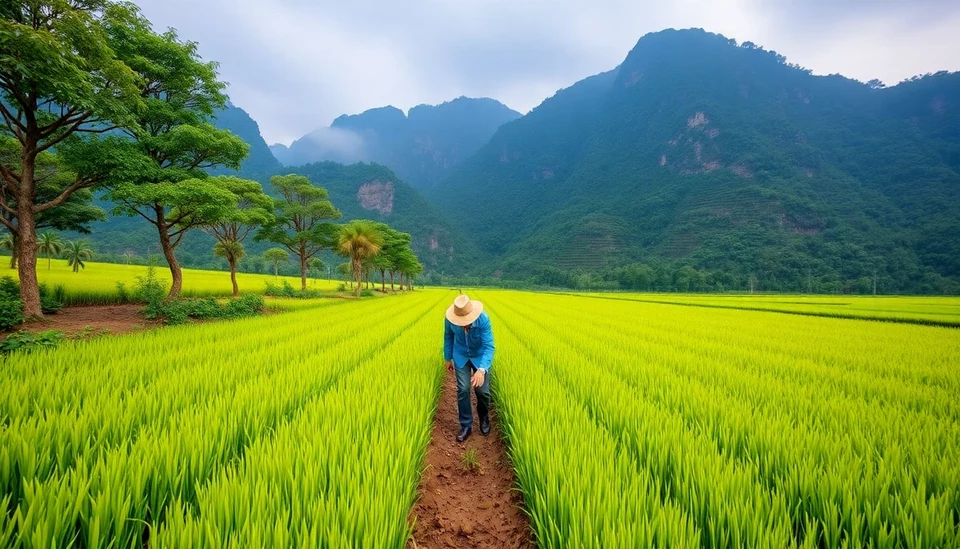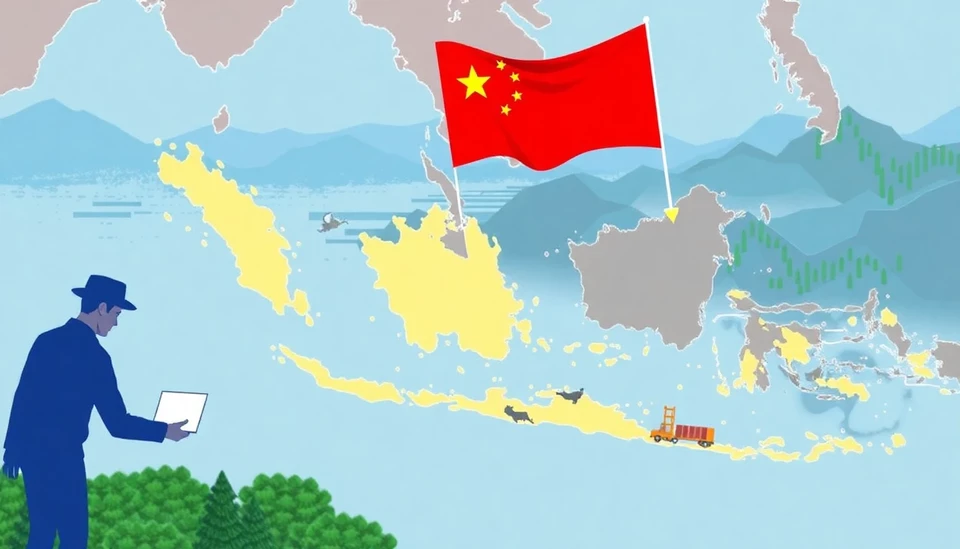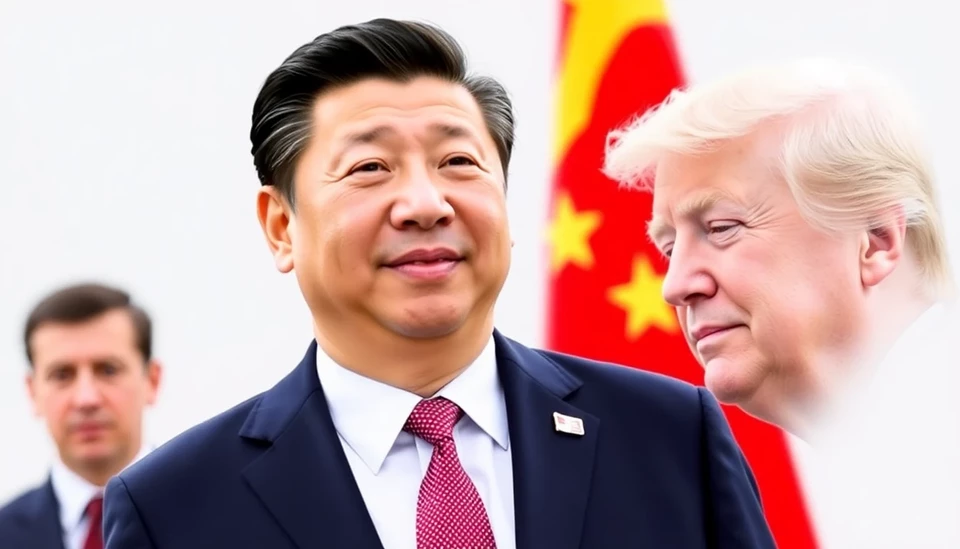
In a challenging agricultural landscape, Chinese farmers are grappling with the dual pressures of adverse weather conditions and the repercussions of ongoing trade curbs. As the planting season begins, the impact of these early weather threats looms large, raising concerns about this year's crop yields and the overall stability of the agricultural sector.
The onset of unusual weather patterns has already been felt across several key agricultural regions. Farmers, who are reliant on predictable climatic conditions, are facing challenges from unexpected frosts and erratic rainfall. These weather hazards not only threaten the quality of the crops but also their quantity, raising alarms about potential food shortages and rising prices in a nation that is the world's largest consumer of agricultural goods.
Adding to these anxieties is the backdrop of trade restrictions that have affected China's ability to import food from various countries. Historically, China has relied on imports to supplement its domestic production, especially during times of hardship. However, with heightened trade tensions and tariffs, access to essential food supplies has become more complicated, leaving farmers and consumers on edge.
This confluence of climatic adversity and geopolitical challenges is particularly troubling for the agriculture sector, which is a cornerstone of China's economy and a source of livelihood for millions. Small-scale farmers, in particular, are feeling the pinch as they battle to maintain their livelihoods under the strain of unpredictable weather and limited market access.
In response to these challenging conditions, many farmers are implementing adaptive strategies to mitigate the impact of the weather. This includes diversifying crop choices and investing in more resilient farming techniques. Such measures are crucial as they strive to protect their harvests from the increasing volatility associated with climate change.
However, these adaptations come at a cost, and many farmers are seeking support from the government to enhance their resilience. The Chinese government has launched various initiatives intended to help farmers adapt to changing conditions, but limitations in funding and resources often hinder the effectiveness of these programs.
As the situation unfolds, it remains to be seen how these developments will affect food prices and availability in China. Consumers are already feeling the pressure as food prices rise in response to supply concerns. The implications could extend beyond national borders, as disruptions in China’s agricultural output may influence global markets, particularly in commodities such as rice and soybeans.
In conclusion, China's farmers are in a precarious position as they navigate the complexities of early weather threats compounded by trade constraints. Their resilience will be tested as they work to ensure food security in a rapidly changing environment.
#China #Agriculture #Farmers #WeatherThreats #TradeCurbs #FoodSecurity #ClimateChange #CropYields #Economy
Author: Peter Collins




